Complete Story
06/09/2025
The Hidden Cost of Constant Innovation
Here are proven strategies to boost adoption rates and ROI
Innovation often feels like a high-stakes pursuit — companies invest heavily in new technologies, chasing the promise of organizational transformation while overlooking hidden costs and diminishing returns. Like a corporate version of “keeping up with the Joneses,” the race to stay ahead blinds organizations to the psychological and financial toll of constant change. Resistance to new tools and poorly executed adoption strategies can turn potential breakthroughs into expensive setbacks. To unlock innovation's true potential, leaders must first understand the psychology of change.
Employees are often the first line of resistance, and their reluctance is rooted in deeply human concerns:
- Fear of job displacement: Automation threatens roles, creating anxiety about redundancy.
- Competency anxiety: Workers worry they won’t be able to adapt to new tools.
- Loss of expertise: Moving away from familiar systems erodes confidence and status as an expert.
- New performance metrics: Shifting evaluation criteria add stress and confusion.
- Change fatigue: Constant adaptation leads to burnout and decreased morale.
Even when the business case for innovation is strong, these barriers can derail projects and turn transformation into frustration.
Please select this link to read the complete article from CFO.






